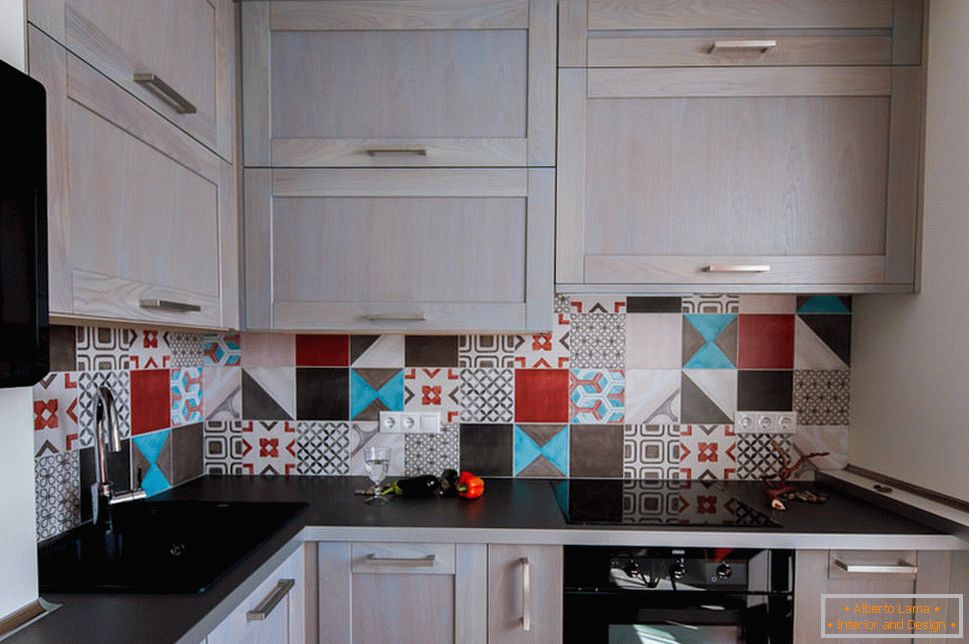Stucco molding from gypsum was widely used even in the days of ancient Greece. Gypsum products were used in decoration of interiors, facades, as well as bas-reliefs, sculptures and not only. For many centuries, gypsum stucco was extremely popular, but in the 20th century it was replaced by similar elements from cheaper and lighter materials, such as polystyrene and polyurethane. But still, many connoisseurs of genuine, classical beauty still prefer this material. Let's take a look at the photos of stunningly luxurious modern interiors with plaster moldings and give it its due!

What makes the stucco from gypsum different from other materials
The main disadvantages of gypsum stucco as compared to modern analogues is low water resistance and the fact that the material turns yellow over time. Therefore, molded decor, which is destined to often contact with water and direct sunlight (in particular on the facades of buildings), today is almost always made of polyurethane or foam.
Another disadvantage of gypsum stucco is the relatively large weight of the elements when they are large in size, as well as their brittleness, which is especially characteristic of small items. This leads to the fact that installation of gypsum decor takes a bit more time and effort than installing products from other materials. So, when making a large decor from gypsum, metal hinges are inserted into it, for which this decor will be attached to a wall or ceiling, or fastened with a dowel-nail. Then, as stucco from polystyrene and polyurethane enough to simply glue.
Surprisingly, it is the "shortcomings" of gypsum that many people consider as its virtues. The yellowed surface, chips and cracks are witnesses to the antiquity and authenticity of the stucco. The large weight of the material gives the products a powerful, expressive look and depth of each line. Therefore, to the decor of gypsum and want to touch your hand. So that you have such a desire, just look at the following photos of the interiors.
Gypsum stucco on the photo of modern interiors
In modern interior design, plaster molding is found, as a rule, as a decorative ceiling finish. The following 9 photos show us that the finish of the ceiling with plaster moldings can look gorgeous not only in the classical style of decoration, but also in combination with modern and even minimalist furniture.
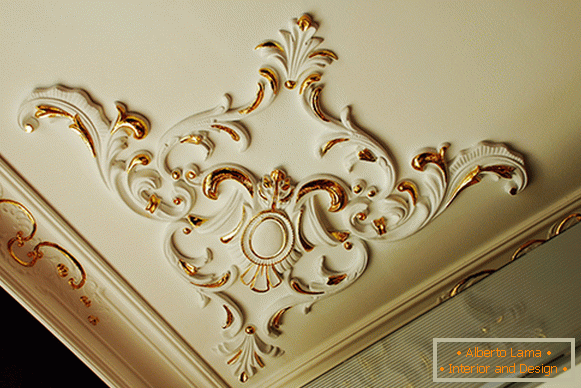
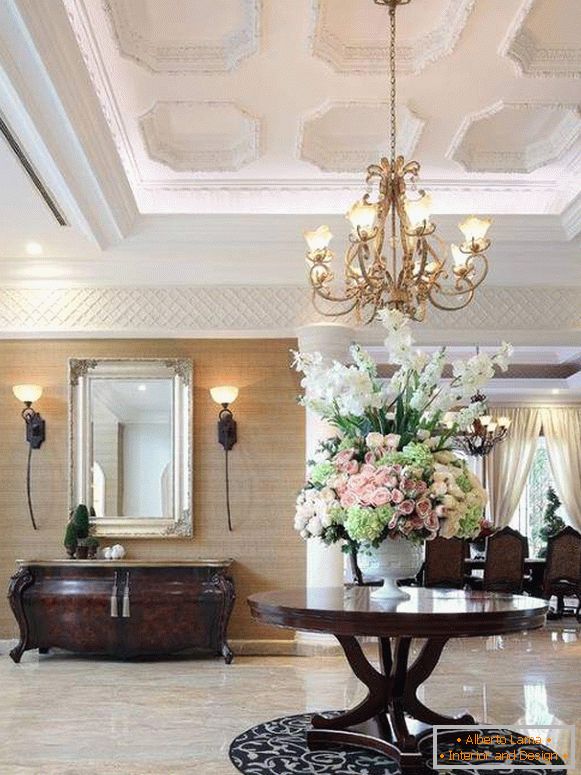
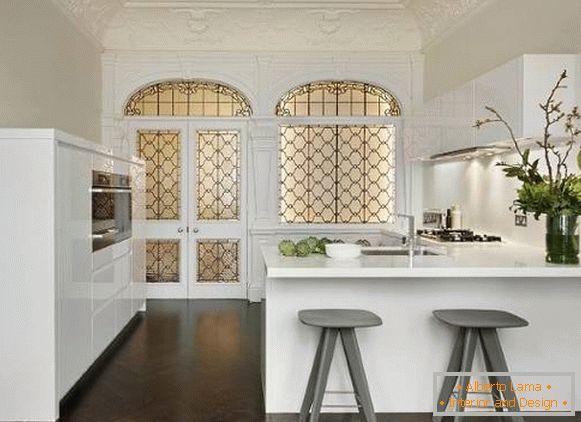
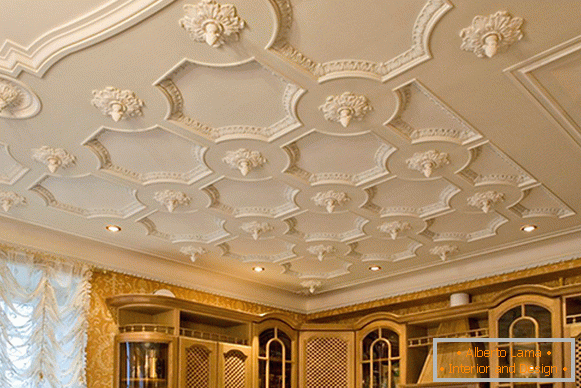
Also read: Modern ceiling design - 30 stunning ideas 
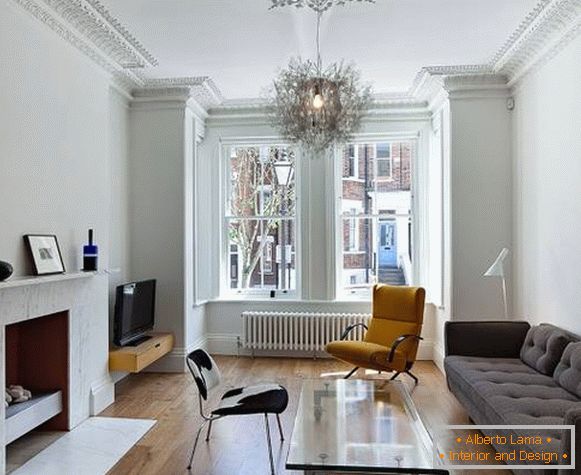
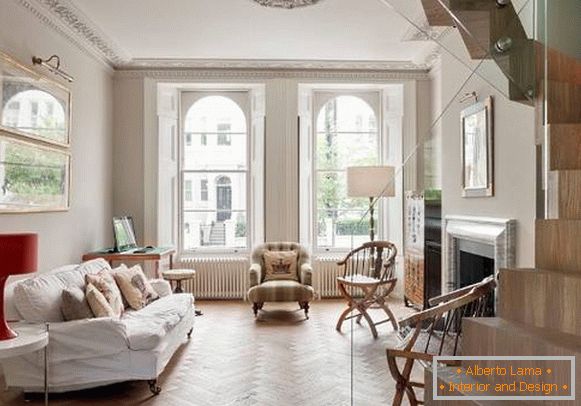
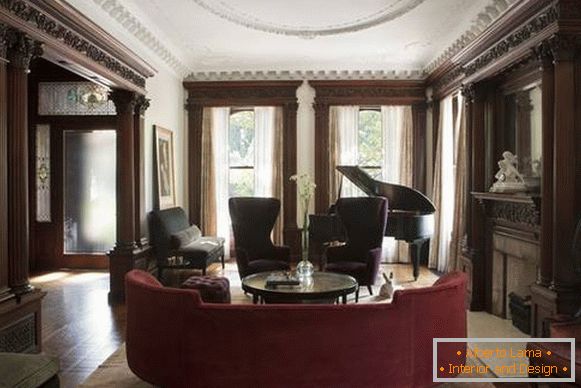
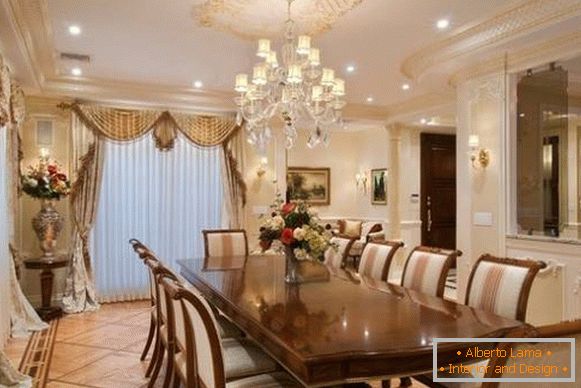
Also read: Stylish decor of concrete with your own hands - ideas and photos
Gypsum columns and interior decoration in the interior (10 photos)
Moldings, cornices, bas-reliefs, columns and other elements of gypsum stucco on the walls of the interior are almost obliged to adhere to the classic, at least very elegant modern style. The last 10 photos in this article show us how stucco molding brings a luxury effect to the design of private houses and apartments. 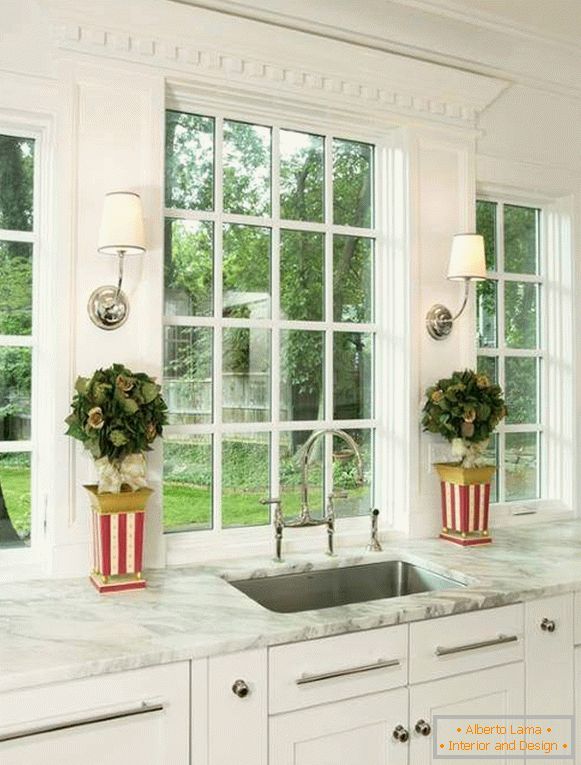
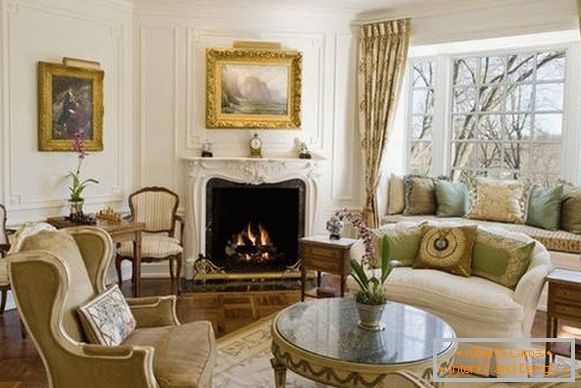

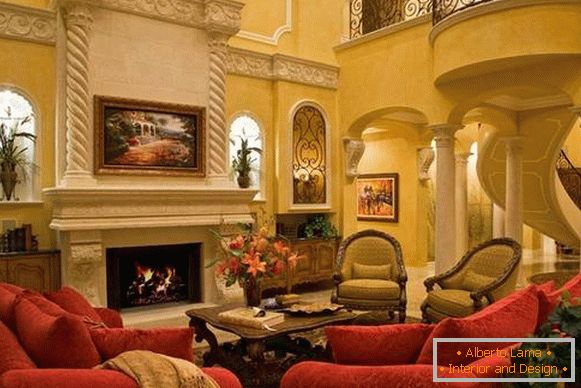
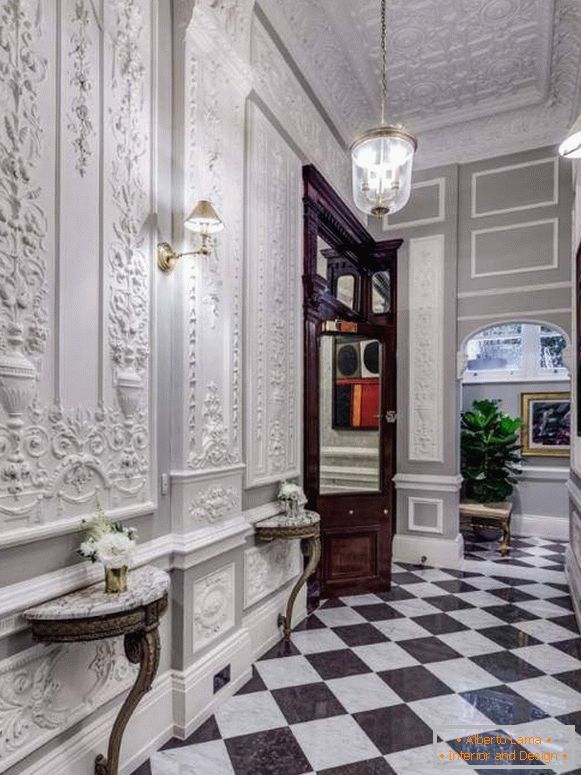

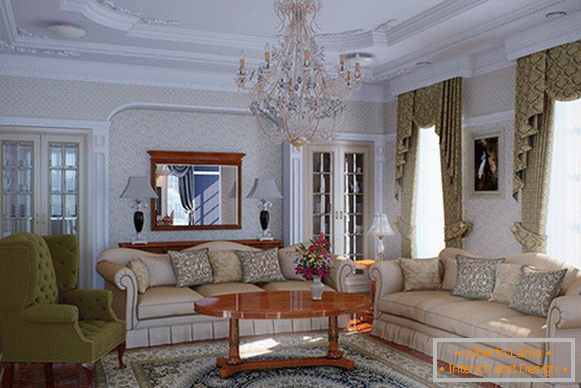


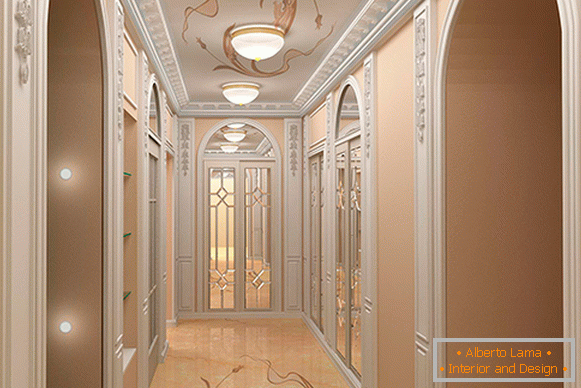
Also read: Luxurious finish of the living room - trends of 2015
How to make stucco molding from plaster with your own hands
Working with gypsum is not very difficult, when it comes to the simplest details. Virtually any solid and hollow object can be turned into a mold in which to fill gypsum. General procedure:
- Wipe the form with a soap solution.
- Pour in the 1st layer of gypsum. Note that all layers of gypsum are poured sequentially, with each layer not exceeding 1 cm.
- The next layer is filled only after the full hardening of the previous one. During pouring, try to avoid getting air and creating bubbles. Slightly shake the mold to ensure that it is completely filled with plaster. Do not accelerate the drying process with the help of improvised means. If you dry the mold at a temperature above +16 degrees Celsius, then the product will be brittle.
- After a while, carefully extract the decor element from the mold and process it depending on the set goals. The gypsum stucco is sanded with a sandpaper and must be covered with a primer before painting - this will prevent rapid absorption of the paint, and will also simplify the process of coloring the surface.
In the preparation of plaster products from gypsum, one should take into account, among other things, the fluidity of the solution. It is about 2-3 minutes. During this time, the gypsum remains pliable for work, and after it - it becomes viscous. The final drying time of the gypsum solution is approximately 40-50 minutes. The product can then be removed from the mold. Note that the drying time of the solution can be slowed down by adding glue. A concentrated 25 percent adhesive solution will give the gypsum stucco element strength.

